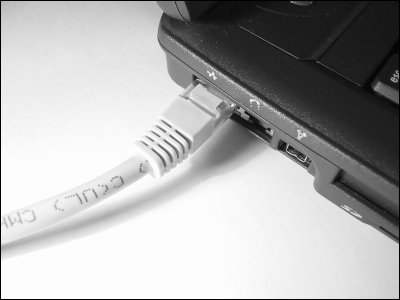Facebook announces technology to realize net high-speed communication with laser beam, plans to supply net to remote areas

In order to be able to use the Internet even in remote areas where the Internet can not be used,Huge Wi-Fi droneAnd wireless communication platform "OpenCellular"We are developing a photodetector that enables high-speed internet communication via laser beam, and this time we are trying to disseminate the Internet in remote areas.
Harnessing light for wireless communications | Engineering Blog | Facebook Code | Facebook
https://code.facebook.com/posts/484014178459953/harnessing-light-for-wireless-communications/
Facebook brings high-speed laser communications into focus | ITworld
http://www.itworld.com/article/3097627/facebook-brings-high-speed-laser-communications-into-focus.html
OSA | Luminescent detector for free-space optical communication
https://www.osapublishing.org/optica/abstract.cfm?uri=optica-3-7-787
According to a survey by Facebook, there are about 4 billion people worldwide who can not connect to the Internet, of which about 1.6 billion people live in remote areas where network infrastructure is not in place. To people who can not use the Internet to live in such remote areas, Facebook has developed a Wi - Fi drone of the airline size for Internet connection and OpenCellular open - source wireless communication platform to solve problems I have been working on it.

ByJeff
In order to supply the Internet to remote areas where network infrastructure is not maintained, it is common to deploy wireless communication which is less expensive than installing cables. However, there are various barriers to deployment, such as the upper limit of the communication speed in general wireless communication and the necessity to have the radio frequency allocated from the local government by a fee.
In order to avoid problems in wireless communication deployment, Facebook has advanced research and development technology to transmit high speed signals via laser beam. This technology has the advantage that it does not require radio frequency, permission from the government, even if multiple systems are in the same area, they do not interfere with each other.
However, in order to realize multi-gigabit class communication speed, photodiodes that receive signals must operate at high speed. In other words, it means that the photodiode for receiving the signal needs to be a fairly small size of about 1 square millimeter. Also, even with laser beams, diffusion occurs while propagating. Therefore, it is necessary to construct a complicated aiming system in order to properly irradiate the laser beam to the receiver. It is difficult to realize photodiodes that operate at high speed and complicated aiming system even if it is low-speed communication, and it becomes a big challenge when it becomes high-speed communication.
Facebook has developed a new optical detector to solve the above problem. The developed optical detector can cover a wide area of 126 square centimeters without sacrificing communication speed. This optical detector uses a plastic optical fiber attached with "organic dye molecule" which absorbs the blue wavelength and emits the green wavelength to the fiber, which irradiates a small photodiode of 1 square millimeter It seems to make it possible to do.

Facebook is developing an optical detector. In the test, this optical detector is used to achieve high-speed communication of 2.1 Gbps, possibly further speeding up. The company plans to test using the prototype of the optical detector in the future and verify whether it operates properly even in an actual remote place.

Related Posts:
in Note, Posted by darkhorse_log







